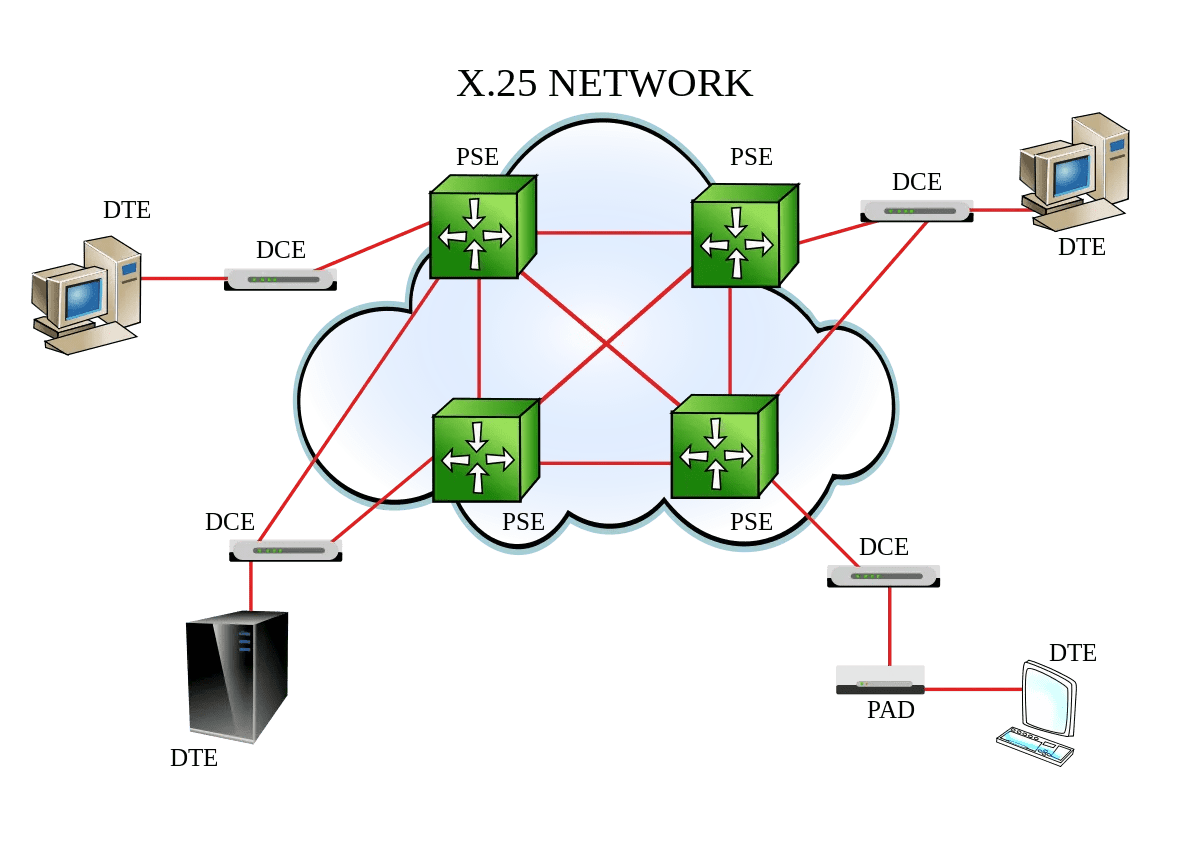What Is Frame Relay Packet Switching
In this article, we will be explaining what frame relay packet switching is and everything you need to know.
Author:Daniel BarrettMay 30, 202237K Shares552.8K Views

Frame relay packet switching is a network protocol technology designed to connect local area networks (LANs) and transfer data across wide area networks (WANs). In this article, we will be explaining what frame relay packet switching is and everything you need to know.
What is Frame Relay?
There are plenty of specialized terms and expressions that do the rounds in techand media communications. “Frame relay” is one such term, and if you read on, you’ll know all you need to know about it.
However, Frame relay is a type of telecommunications technology used to connect local area networks (LANs) and transmit data between endpoints in wide area networks (WANs).
Frame relay shared some of the same underlying technology as X.25. As a result, it achieved popularity in the United States as part of the infrastructure for integrated services digital network (ISDN) systems sold to business customers.
How Does Frame Relay Work?
Frame relay uses packet switching technology. This means that it breaks data, such as call data, into smaller packets, also known as frames, to transmit it through a shared frame relay network.
These data packets are then reassembled at the data’s destination. Frame relay has long been used as part of many companies’ Integrated Services Digital Network (ISDN) systems. It’s often considered to be the streamlined update to the older type of packet switching tech, X.25 packets.
Editor’s picks:

Daniel Barrett
Author
Daniel Barrett is a tech writer focusing on IoT, gadgets, software, and cryptocurrencies. With a keen interest in emerging technologies, Daniel offers expert analysis and commentary on industry trends. Follow him for authoritative insights into the latest tech innovations.
Latest Articles
Popular Articles